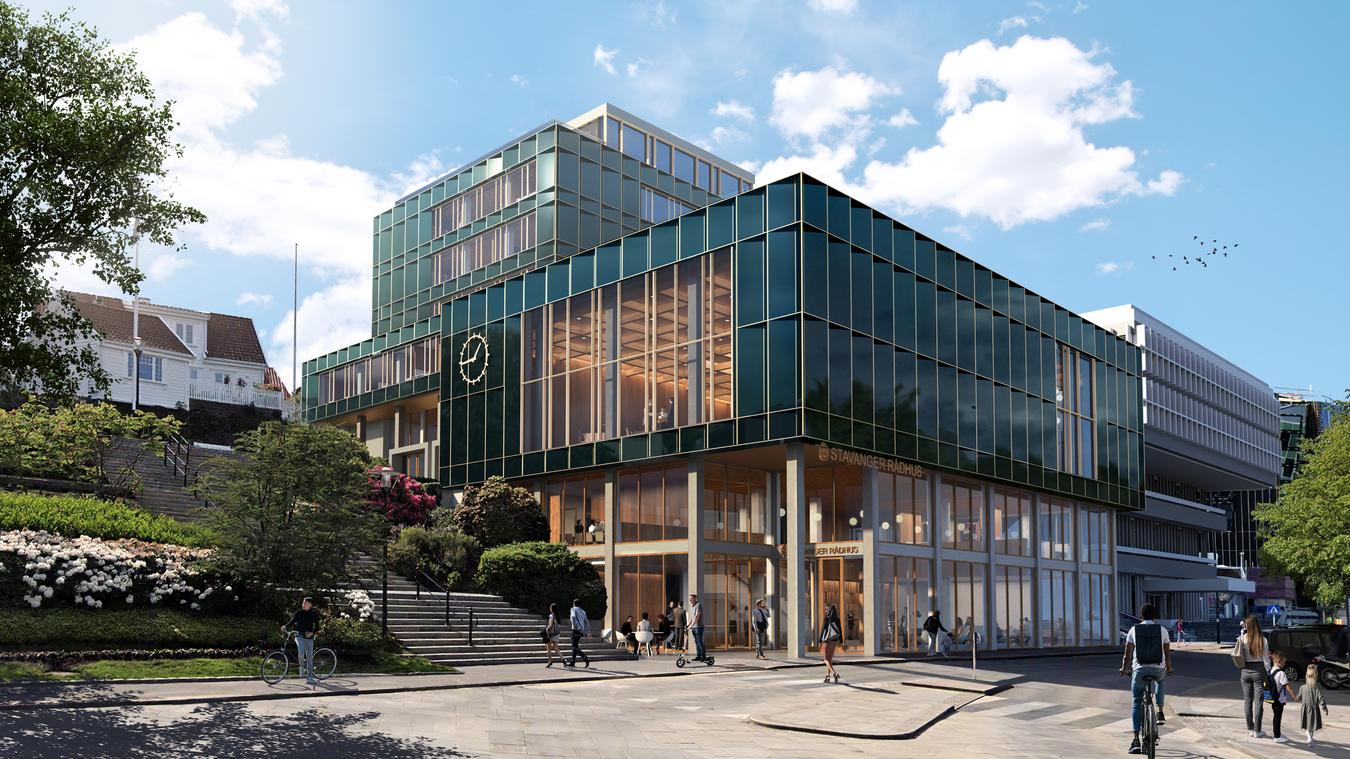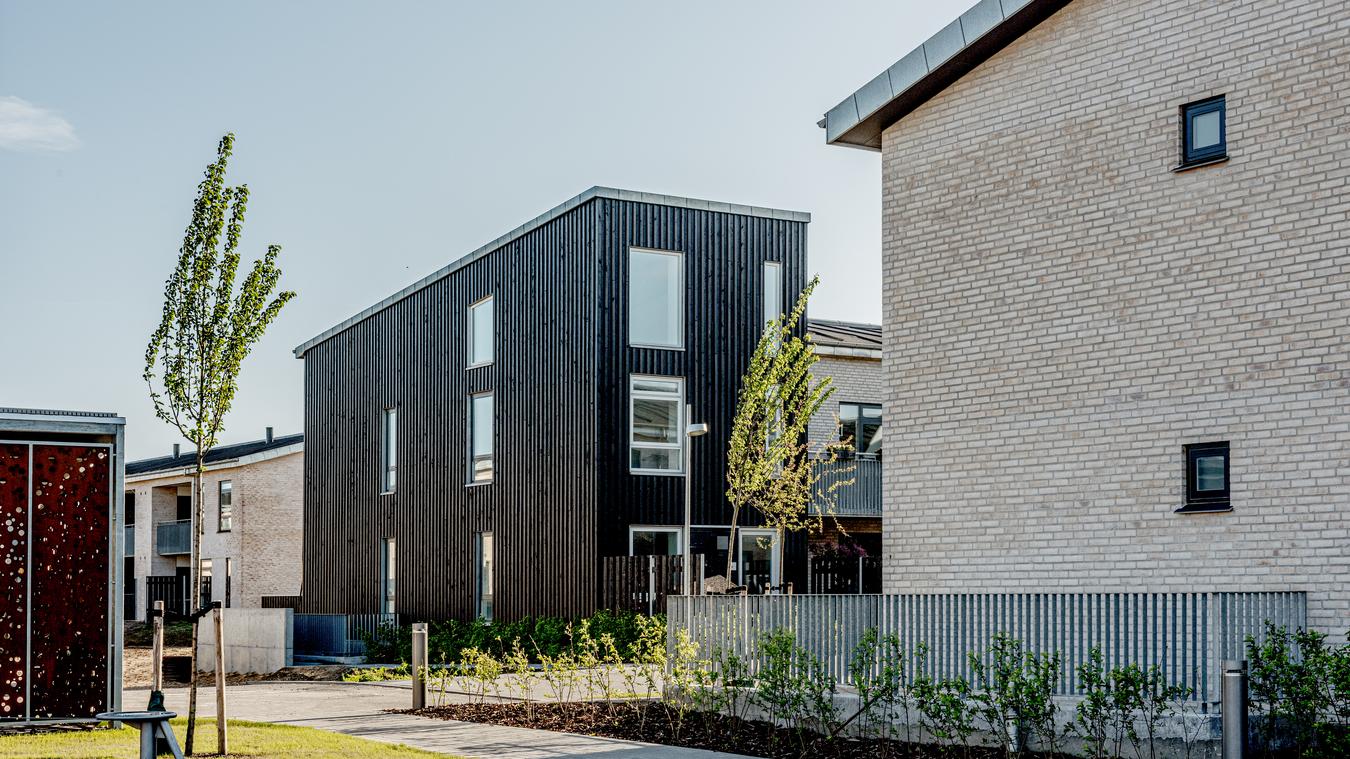Circular architecture
Circular architecture is a mindset. Instead of wondering whether circular architecture fits your project, ask yourself: Which circular strategy should I choose?

Stavanger City Hall is being rehabilitated with very high environmental ambitions. Reuse is an important part of the basic principles, at the same time as the building is adapted to current technical requirements. Illustration: K2 Visual
When circular architecture is applied to your project:
- You take responsibility for sustainable development in the built environment.
- You future-proof your investments.
- You create the conditions for future cost savings.
- You deliver unique architectonic qualities.
- Circular architecture provides added value both for the environment and for your brand. At the same time you get a clear competitive advantage, and experience and optimised processes even bring the potential to increase profitability.
The missing LINK: the link that closes the circle
Reduce resource use:
- Transformation, renovation and reconstruction in the first instance.
- Flexible design that works with change over time.
- Design that minimises resource use, where surfaces and material use are optimised.
- Design for reinstallation.
Maximise the quantity of reused and recycled material:
- Reuse strategy.
- Reuse inventories.
- Design based on circular material.
Employ carefully selected materials:
- Renewable.
- Prepared for the circular economy.
- Ecologically and societally advantageous.
Facilitate and meet challenges:
- Digitalised and resource-efficient processes.
- Identify and manage risks and challenges.
- Drive the change process to benefit circular construction.

Fyrkildevej in Aalborg – home renovation where the entire building structure is preserved. The renovation of the homes and outdoor areas will significantly enhance and diversify the district. Photo: Mette Johnsen